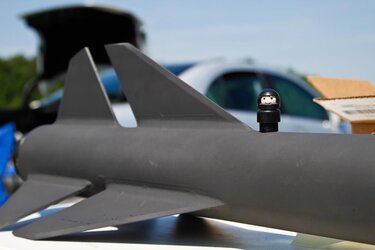- Joined
- Dec 27, 2012
- Location
- Mankato
Hey All! Its definitely been some time since I came onto here. Hehe, anyways, I bought a Bitfenix Prdogiy ITX from Microcenter for a steal (31.99 open box) since they where just trying to get rid of it. Since the white on it isn't all that great anymore, I want to paint it a flat grey, or a dark flat grey. Was wondering If I could use just primer to use it as the color? I was looking at something perhaps like this? http://www.lowes.com/pd_130959-90-2089830_0__?productId=3728647 But this grey seems a little too dark for me. What would you guys recommend? I don't have a spray gun so that way is already eliminated for me. Oh yeah, recommend me the same color except for the plastic base and handle? Or could I just use the same one thats for metal?
Thanks!

EDIT: I kind of want they shade of grey to be like this

Thanks!
EDIT: I kind of want they shade of grey to be like this

Last edited:


 But thanks for that
But thanks for that